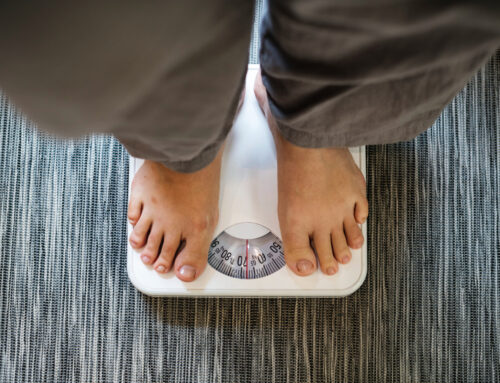Understanding Tirzepatide Side Effects: What You Need to Know
Tirzepatide, a medication gaining attention for its efficacy in managing type 2 diabetes and aiding in weight loss, has garnered interest not only for its benefits but also for its potential side effects. As with any medication, understanding the possible adverse reactions is crucial for informed decision-making and safe usage. Let’s delve into the side effects associated with Tirzepatide and what you need to know.
Common Side Effects of Tirzepatide:
- Gastrointestinal Symptoms: Among the most commonly reported side effects of Tirzepatide are gastrointestinal issues such as nausea, vomiting, diarrhea, and abdominal discomfort. These symptoms typically occur during the initial stages of treatment and may subside over time as the body adjusts to the medication.
- Hypoglycemia: Tirzepatide, like other medications used to manage diabetes, can cause low blood sugar levels (hypoglycemia). This is more likely to occur when Tirzepatide is used in combination with other glucose-lowering agents or insulin. Symptoms of hypoglycemia include sweating, shakiness, dizziness, and confusion.
- Injection Site Reactions: Some individuals may experience redness, swelling, or itching at the injection site following administration of Tirzepatide. These reactions are typically mild and temporary.
Less Common Side Effects:
While the majority of individuals tolerate Tirzepatide well, some may experience less common side effects, including:
- Hypersensitivity Reactions: Rarely, individuals may develop allergic reactions to Tirzepatide, leading to symptoms such as rash, itching, swelling, or difficulty breathing. It’s essential to seek immediate medical attention if any signs of a severe allergic reaction occur.
- Pancreatitis: In rare cases, Tirzepatide has been associated with pancreatitis, an inflammation of the pancreas. Symptoms of pancreatitis include severe abdominal pain, nausea, vomiting, and fever. If these symptoms occur, prompt medical evaluation is necessary.
- Thyroid Abnormalities: Tirzepatide may affect thyroid function, leading to changes in thyroid hormone levels. This can manifest as symptoms of hypothyroidism (underactive thyroid) or hyperthyroidism (overactive thyroid), such as fatigue, weight changes, and changes in heart rate.
Managing Tirzepatide Side Effects:
If you experience any side effects while taking Tirzepatide, it’s essential to communicate with your healthcare provider. They can offer guidance on managing symptoms and may adjust your treatment regimen if necessary. Here are some general tips for managing common side effects:
- Gastrointestinal Symptoms: Taking Tirzepatide with food and staying hydrated can help alleviate nausea and vomiting. Over-the-counter medications may also provide relief.
- Hypoglycemia: Monitor your blood sugar levels regularly, especially if you’re at increased risk of hypoglycemia. Always carry a fast-acting source of glucose, such as glucose tablets or juice, to treat low blood sugar episodes promptly.
- Injection Site Reactions: Applying a cold compress to the injection site can help reduce swelling and discomfort. Avoiding tight clothing and rotating injection sites can also minimize irritation.
Conclusion:
While Tirzepatide offers significant benefits for individuals with type 2 diabetes and those seeking weight loss, it’s essential to be aware of potential side effects. By understanding the possible adverse reactions and knowing how to manage them, you can make informed decisions about your treatment plan and maximize the benefits of Tirzepatide while minimizing risks. Always consult your healthcare provider if you have any concerns or experience side effects while taking Tirzepatide.








